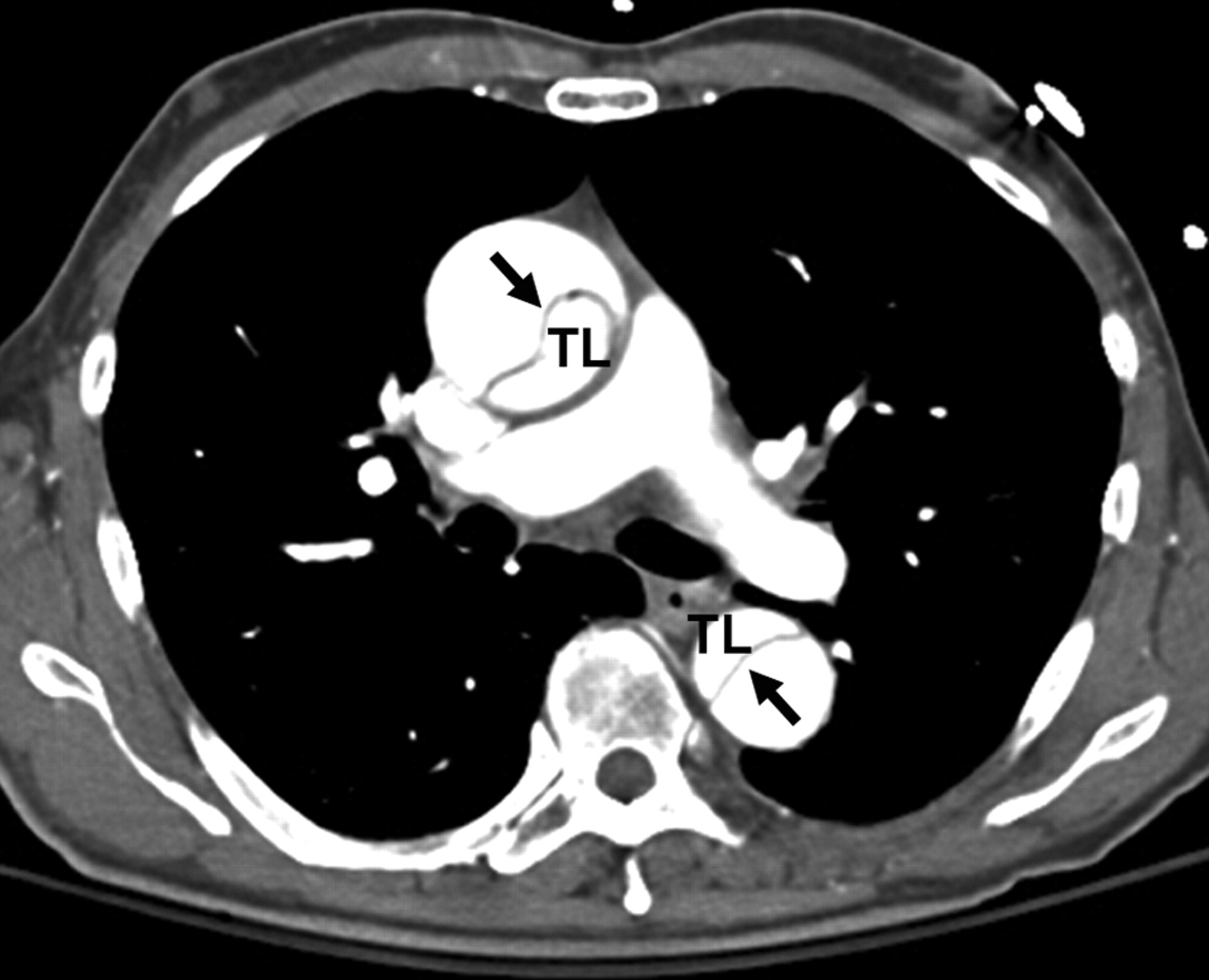

This is is the second most important part of this study. data were collected either at presentation or by chart review.there were 290 potential variables that they looked at once the diagnosis was made someone asked them lots of questions.
Irad aortic dissection how to#
You could say that this study only informs us about patients in whom we know how to make the diagnosis. So if you came in with chest pain from a dissection but no-one made the diagnosis (and we know this happens) then you’re not in the study. Someone makes the diagnosis and then they asked questions about the presentation, examination and work-up. You only got included if you had a diagnosis. This is probably the most important point about this study. patients with a diagnosis of aortic dissection (A or B) referred to one of a few major centres.This is a big registry (running from ’96) enrolling patients with a diagnosis of dissection. One of the key studies about presentations of aortic dissection is the IRAD study. This is a properly scary disease. While I can’t say I’m hoping to see one soon I am keeping my eyes open. I know cases where people have gone home after an ED visit and died from dissections. I have no doubt some of the rule-out ACS patients I sent upstairs (to the ward not a higher metaphysical plane…) turned out to have a dissection. You don’t do this type of job for 7 years without seeing one. Hoepfully you would have all corrected me and said that I have never diagnosed a patient with aortic dissection. I have never seen a patient with an aortic dissection.


 0 kommentar(er)
0 kommentar(er)
